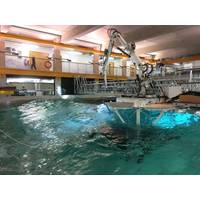
Tech File: A Robotic Reach in Offshore Wind
, from ships, including those that are relatively smaller than current gangway-system based vessels, he says. But another goal is to give future uncrewed surface vessels (USVs) more capability.It’s been a challenge STL has been looking into since the early 2010s, when the need for better access systems became an issue, for offshore wind, but also normally unattended oil and gas facilities. While others have now commercially introduced gangway systems, STL has been developing “space stabilisation” and “synchronous stabilisation”. Its first concept, Neptune, got going
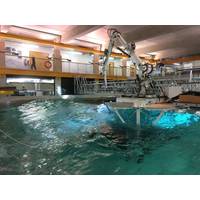
A Robotic Reach in Offshore Wind
fixed structures, from ships, including those relatively smaller than current gangway-system-based vessels, he says. But another goal is to give future uncrewed surface vessels (USVs) more capability.It’s been a challenge STL has been looking into since the early 2010s, when the need for better access systems became an issue, for offshore wind, but also normally unattended oil and gas facilities. While others have now commercially introduced gangway systems, STL has been developing “space stabilization” and “synchronous stabilization”. Its first concept, Neptune, got going
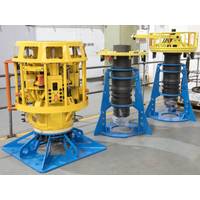
STL Secures $2m Contract
also includes two SLIC deck test stands which enable full function and pressure testing of connected equipment on deck. The SLIC technology is a modular and flexible subsea solution that features “plug and play” connectivity, creating a robust, reliable connection point into well access systems. As a latch-style connector for Riserless Subsea Well Intervention (RLWI), the technology improves safety, offers increased reliability, ease of maintenance and redundancy. The SLIC takes into account the complexities of not only the physical and statutory, but also the operational
Damen, Ampelmann Team up for Marine Access Demonstration
Ampelmann for a number of tests was a natural route says Damen Business Development Manager David Stibbe. We’re talking to a number of transfer specialists as we continue to develop our marine access portfolio. Ampelmann has extensive expertise in producing and operating motion compensation access systems and Damen has many years of shipbuilding experience. Working together in this way means that both parties are able to draw on the expertise of the other, leading to the favourable development of their respective solutions and successfully integrated crew change solutions. 30-50 metre crew
New BV Guidelines for Offshore Access Systems
Classification society Bureau Veritas has developed guidelines for walk-to-work (W2W) motion compensated Offshore Access Systems (OAS) which are used to transfer industrial personnel to and from offshore installations. Guidance Note NI629 Certification of Offshore Access Systems provides a clear and comprehensive overview of the safety principles and technical requirements for the design, manufacturing and operation of reliable and dependable equipment for the safe transfer of personnel at sea. Matthieu de Tugny, Senior Vice-President and Head of Offshore, Bureau Veritas, said, "Getting
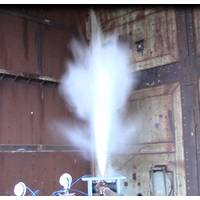
Red Marine Performs Vent Valve Tests for FMC
service can provide for clients developing high integrity subsea equipment.” Delivered in 12 weeks, the test program included the design and supply of the test assembly and its complex multi-pressure hydraulic control system. Working closely with members of the FMC Well Access Systems team, the test equipment was initially used to complete a variety of static pressure tests of up to 15,500 psi (1,067 bar) and demanding cycle tests to assess valve function and seal endurance. On completion of this phase, a series of outstanding rapid decompression tests were also completed
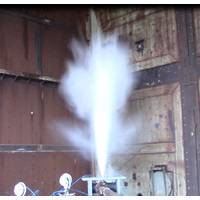
Red Marine Delivers Bespoke Testing Program
performance of the vent valve against industry standards including ISO 10423 (API 6A). Delivered in 12 weeks, the test program included the design and supply of the test assembly and its complex multi-pressure hydraulic control system. Working closely with members of the FMC Well Access Systems team, the test equipment was initially used to complete a variety of static pressure tests of up to 15,500 psi (1,067 bar) and demanding cycle tests to assess valve function and seal endurance. On completion of this phase, a series of outstanding rapid decompression tests were also completed



 December 2025
December 2025





